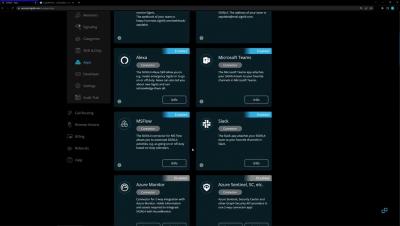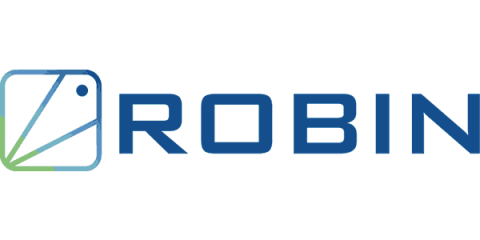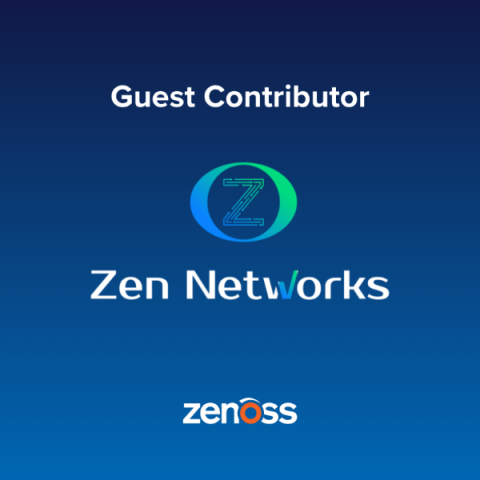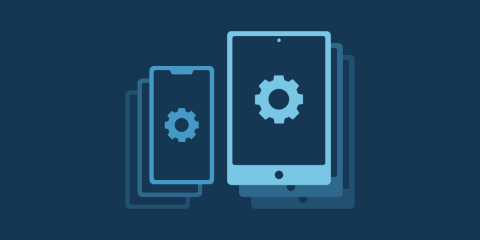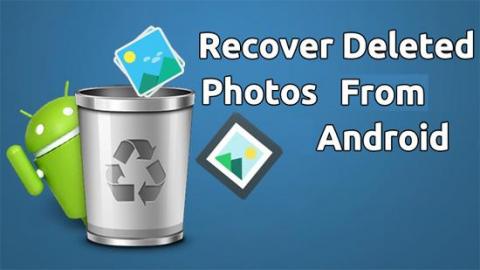Operations | Monitoring | ITSM | DevOps | Cloud
August 2022
How to leverage Kubernetes to modernize your legacy enterprise application infrastructure
The biggest question facing many businesses today is how to improve the efficiency and agility of their application delivery processes. Along the journey to infrastructure modernization, do they continue to maintain applications as-is, or do they need to be migrated, upgraded or replaced? This blog attempts to answer some of these questions. Take any popular enterprise app, like your Oracle business suite, or even a custom-built application, and it will typically follow a three-tier architecture.
Continuous integration for Android projects
CircleCI is popular among Android developers for several reasons: it’s quick to get started, fast to execute your builds with high parallelism, (whether native, cross- or multi-platform), and even supports running Android emulators right from CircleCI with our Android machine images. This article will show you how to build and test Android applications for an example project on the CircleCI platform.
Native vs cross-platform mobile app development
In just a decade, smartphones have become ubiquitous. They facilitate communication via texting and calling, provide entertainment, enable administration, and offer utilities for their users in the form of applications. Users access these mobile applications through their app store, whether it is Apple’s App Store or the Google Play Store. Developers construct them with the smartphone’s operating system in mind. The two mainstream operating systems that are targeted are Android and iOS.
How Zenoss Is Key to Efficient Operations in 4G and 5G
Mobile Device Management Strategy: Steps & Tips
Pew research reports that the percentage of adults who own smartphones is up to 85%. These mobile devices are also being used frequently for work. The addition of an increasing number of mobile devices within companies causes IT environments to be more complex, making it necessary to have a centralized management tool for these types of devices. Mobile device management (MDM) is software tool designed to allow IT to manage smartphones and tablets that are used within a business.
To Recover Deleted Photos from Android [4 Methods]
Android 13 and Ivanti UEM: What to Know About the Latest Enterprise Features
Android 13, the latest release from Google, is here. For IT administrators, this means making sense of new enterprise features and enhancements: what changed, why should you care – and most importantly, what should you do about it?
Self-hosted versus cloud-based mobile app testing
Testing is a vital part of the mobile app development process. Your team can use testing to evaluate the quality, security, and reliability of mobile apps before releasing them to your users. Users who expect their applications to be highly performant and intuitive. There are two ways DevOps teams can perform testing for mobile apps: on-premise (also called self-hosted) or in the cloud. But which of these is the best option for your team?
Mobile Device Management (MDM) Overview
The use of mobile devices within organizations is steadily increasing, and it’s not slowing down anytime soon. Zippia reported that around 3 out of every 4 employees use their personal cell phones for work. Mobile devices in the workplace can provide many benefits, but can also bring more risks, which is why mobile device management is needed.
Delivering effortless hyperautomation to build and drive high-performing 5G networks
5G is seeing rapid adoption due to its promise of high speed, seamless delivery and low latency, that enables it to deliver new and exciting revenue-generating services. Studies reveal that there will be 1.2 billion 5G connections by 2025, covering a third of the world’s population. 5G will play a critical role in enabling the next-generation of applications and services, like gaming, trade and Industry 4.0, in general.


